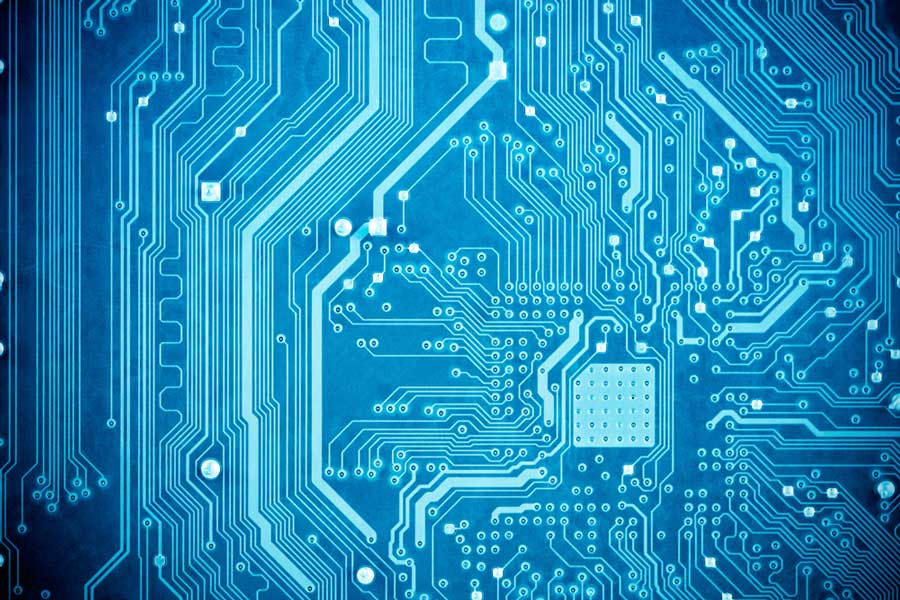High-density interconnect (HDI) printed circuit boards (PCBs) has recently become integral part of the electronics industries. Electronic components are becoming smaller and more lightweight but still demand of improvement is raising. Best way to fulfill this ever-growing requirement is to pack more functionality into a smaller area. That’s precisely what HDI PCBs offer.
High density interconnect (HDI) designs stretch the limits of trace, via, and layer density to great extent. These boards have high layer counts with very complex traces and via. Moreover, HDI PCBs passes through different fabrication and assembly processes than conventional PCB.
There are 6 kinds of diversity in HDI boards, through via from surface to surface, with buried via and through via, two or more HDI layer with through via, passive substrate with no electrical connection, coreless construction using layer pairs and alternate constructions of coreless constructions using layer pairs.
Solder Joint Quality
It’s easier for professional to address solder joint issues with soldering iron when it comes to SMT connectors with a double row. However, it gets tricky for an SMT connector with multiple rows. Therefore, a proper processing method that is first-time-right is necessary.
Major issues that can cause a bad solder Joint are as follow:
Accuracy of solder paste deposit
The volume of solder paste deposit
Stencil opening and thickness
PCB flatness
Reflow temperature profile
Because of diversity of various assembly shop, it is not feasible to define a single set of rules to solve all the mentioned issues. Furthermore, the involvement of several variables complicates the solution, which are, Equipment underuse, Brand of solder paste and its chemical constituency, Board design and component density.
Which Integrated Circuit is Solutions for High-Density I/O Needs:
Most recent development in ICs is BGA (Ball Grid Array) packaging, which is proven vital for high-density applications. BGA applications use a spherical solder ball attached to the component lead to provide more solder without using a heavy paste.
For the best solder joints on a PCB, following the manufacturer’s guidelines from datasheet offers maximum success. Most manufacturers provide a PCB footprint for their components, along with the necessary tolerances, optimum layout and thickness for the stencil, guidelines for the printing process for solder masks, tolerances for component placement, suitable profiling for reflow ovens, and considerations for rework.
Stencil and Footprint: It is strongly recommended that PCB designers take reference for component footprint and stencil layout from the component manufacturer’s website. When designers use the provided footprint and stencil layouts, their chances of achieving proper solder joints increase manyfold.
Screen Printing Process: It is necessary for the solder to covers the entire pad to make ideal solder joint. To achieve this, an aperture in the stencil should be larger than the pad. High-accuracy registration ensures the solder paste location with respect to the solder balls or charges offers good contact between them.
Component Placement: As a more advanced trend near-to-perfection placement of SMT is achieved by pick-and-place equipment. As the solder melts in the reflow oven, the weight of the component aid in its orientation on the PCB.
Reflow Oven Profiling: According to the standard IPC/JEDEC J-STD-020, SMT components must withstand a peak temperature of 260 °C and a temperature of 255 °C for 30 seconds. To ensure the solder balls or chargers are reaching the proper temperature, thermocouples should be placed through the back of the PCB reaching the center of the component.
Conclusion
Although processes will always have flaws, with proper processing it is possible to reduce the need for reworking the assembly, scrapping it, and generating lower profits. Importance of proper processing methods will continue to gain importance as the electronics industry makes denser assemblies with smaller components.



